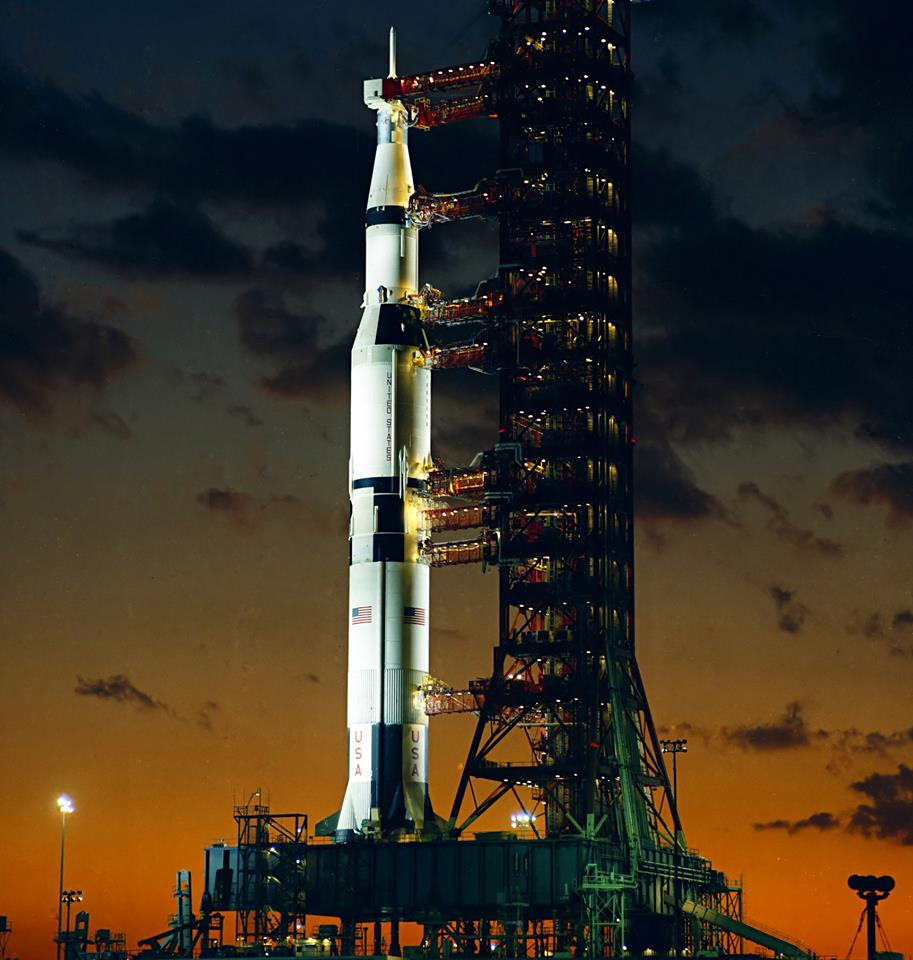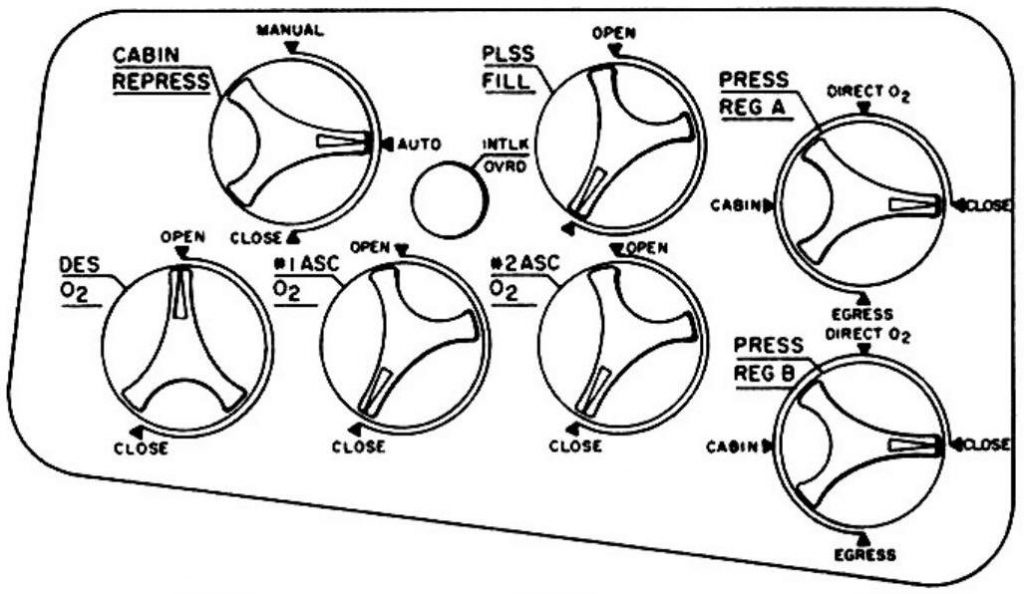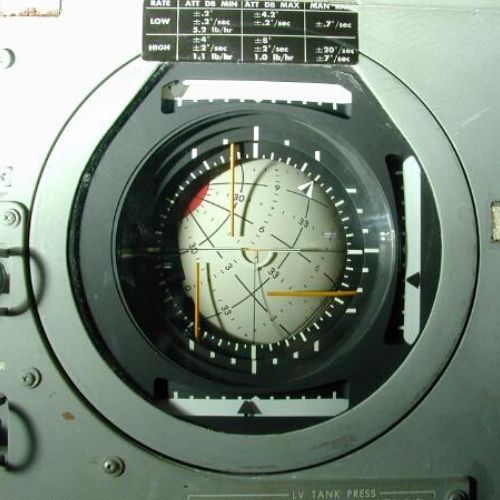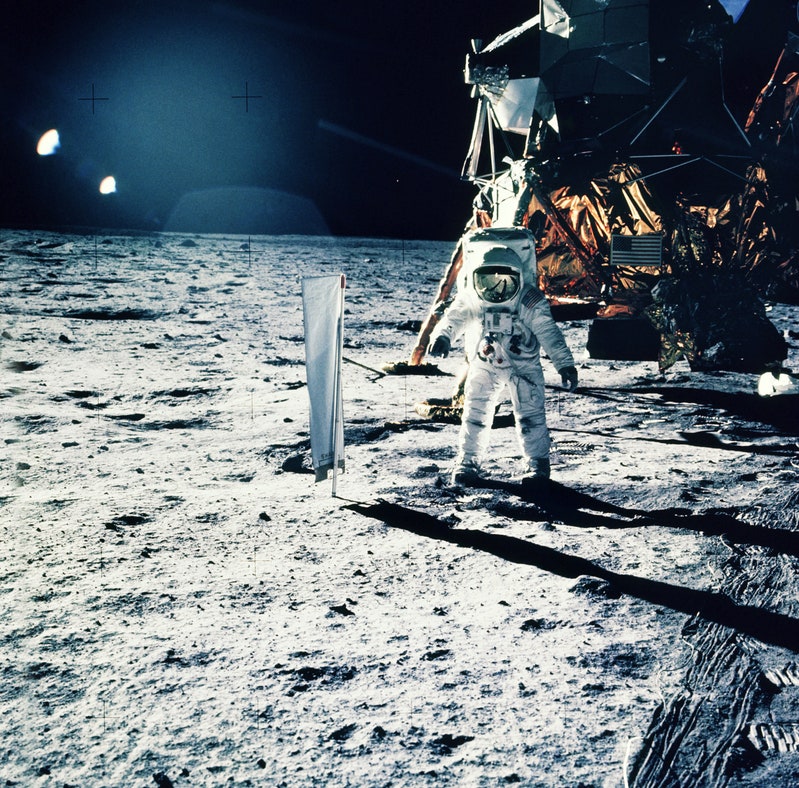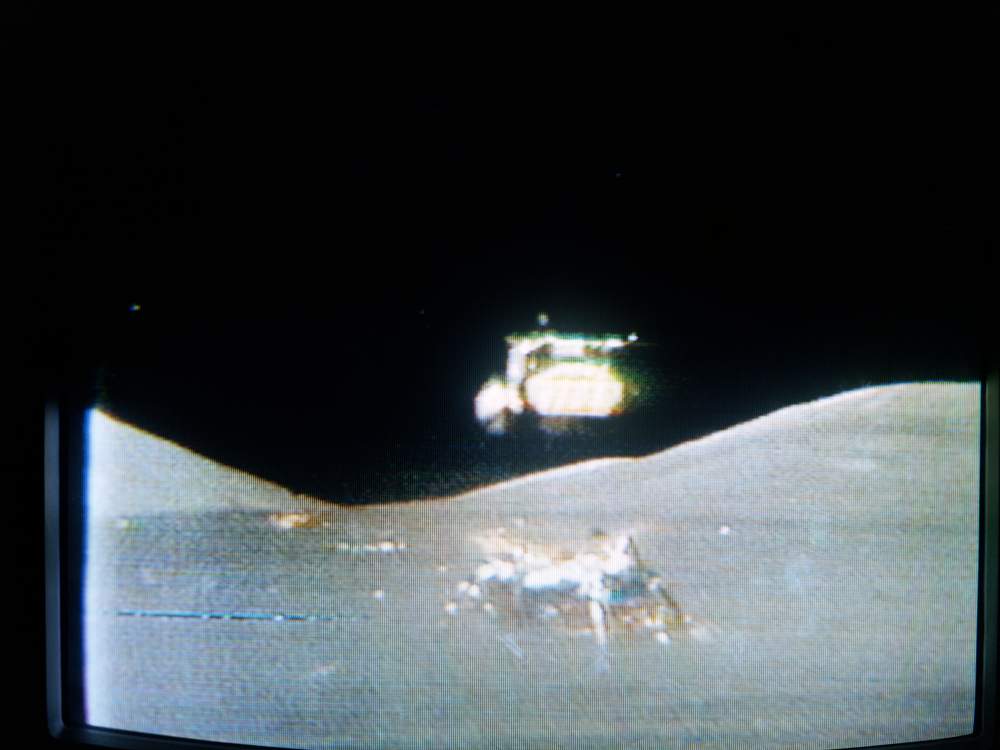🚀 Embark on a Cosmic Journey with Apollo11 Guide: Unveiling the Event Timer Switches! 🌌
Greetings, fellow space enthusiasts! 🛰️ Welcome back to another riveting issue of Spacecraft Guide, the channel dedicated to demystifying the intricate workings of spacecraft that have shaped the cosmos. In this edition, we turn our attention to the fascinating world of Event Timer Switches, the unsung heroes that played a crucial role in guiding astronauts safely to the moon’s surface.
🌕 Event Timer Switches: Guiding the Lunar Descent
Our focus in this article is on four pivotal switches:
- Event Timer Reset Switch: This switch directs the event timer, situated at the top of Panel One, setting the direction and resetting it to zero. Up for counting up, center for the countdown, and down for counting down.
- Event Timer Counter Switch: Providing discrete signals to the mission timer indicator, this switch starts and stops the countdown as per mission requirements, enabling precise control over time intervals.
- Slew Counter Minute Switch: Offering slewing functions for the minute columns of the mission timer indicator, this switch allows controlled changes in the tens and units columns, ensuring accurate timekeeping.
- Slew Counter Second Switch: Similar to its minute counterpart, this switch controls the slewing functions for the second columns, providing meticulous control over time intervals.
🔍 Unlocking the Intricacies of Event Timing
Delve into the details of how each switch impacts the event timer indicator. From resetting to counting up or down, and enabling precise slewing functions, these switches were the astronauts’ tools for maintaining perfect situational awareness during critical lunar descent phases.
🌌 Interactive Virtual Reality Experience
For those hungry for a more immersive experience, our Patreon page offers an interactive V1 tour of Apollo spacecraft. Click, explore, and unravel the mysteries of these switches and more. It’s a journey that goes beyond the screen, allowing you to step into the shoes of the Apollo astronauts.
🚀 Engage with Us!
Did the Event Timer Switches leave you in awe? Share your thoughts, ask questions, and dive into the conversation! Your engagement fuels our passion for unraveling the mysteries of space.
🌟 Support the Cosmic Cause
If this cosmic exploration resonates with you, show your support! Like, share, comment, and subscribe down below. Join our Patreon community for exclusive content, behind-the-scenes access, and to be a crucial part of our cosmic journey. patreon.com/sivrmuseum

Apollo Spacecraft Intelligent Manual – Panoramic Edition: Interactive Guide of the First Spacecraft to Bring Man to the Moon Kindle Edition
🚀 Subscribe & Stay Cosmic!
Stay tuned for more cosmic revelations. Apollo11 Guide continues to unravel the wonders of space, one switch at a time. Your support and curiosity drive us to bring the wonders of space to your screens at Blog – Apollo11 Guide. Until then, keep your eyes on the stars and your curiosity alive!
🌠 Embark on the Ultimate Space Exploration Adventure with Spacecraft Guide! 🌌🔭
